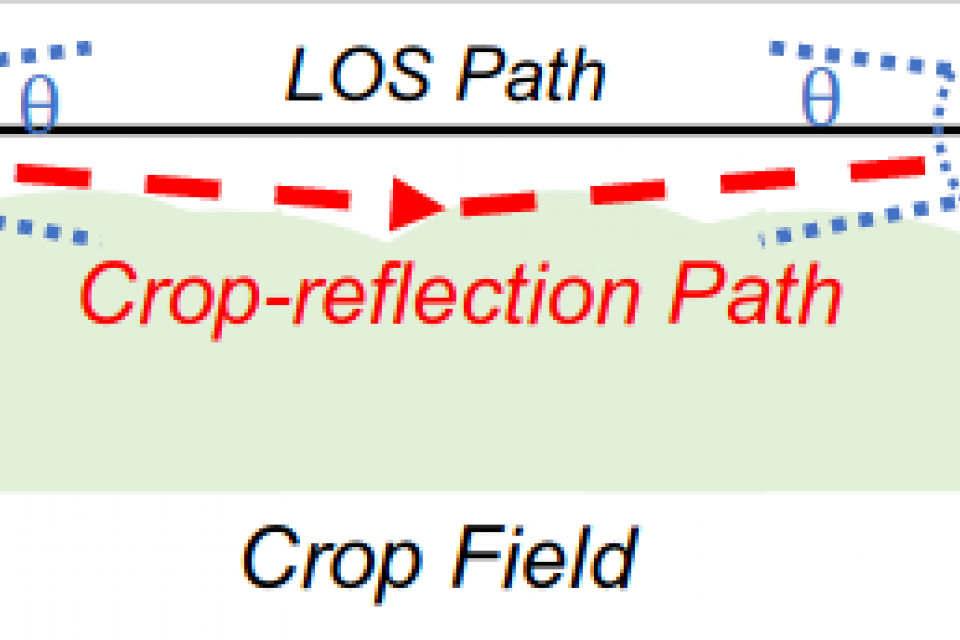Datasets
Standard Dataset
mmWave on a Farm: Channel Modeling for Wireless Agricultural Networks at Broadband Millimeter-Wave Frequency
- Citation Author(s):
- Submitted by:
- Mohammad Mosiur...
- Last updated:
- Tue, 09/20/2022 - 12:17
- DOI:
- 10.21227/9nxq-4t62
- Research Article Link:
- License:
 745 Views
745 Views- Categories:
- Keywords:
Abstract
Millimeter-wave (mmWave) spectrum with wide bandwidth provides a promising solution to enable high throughput in next-generation wireless agricultural networks, characterized by swarms of autonomous ground vehicles, unmanned aerial vehicles (UAVs), and connected agricultural machinery. However, channel models at mmWave frequencies in agricultural environments remain elusive. Moreover, agricultural field channels bear notable distinctions from urban and rural macrocellular network channels due to the dynamic crop growth behavior. In this work, a channel model is developed to characterize the large-scale path loss, coherence bandwidth, and link quality under the effect of various environmental factors based on data collected from extensive field experiments. In particular, the wind effect on signal-to-noise ratio is investigated, and the diffuse scattering of electromagnetic waves due to near-canopy propagation at different crop growth stages. Our analysis results demonstrate that (1) during the growing season, the crop canopy surface acts as a ``new ground'' that creates multipath components that result in a higher path loss exponent, which is correlated with the relative height between the crop canopy surface and the radio, (2) the wind results in a half-power drop (3-dB SNR degradation) for an increase of 4~m/s in gust speed due to beam misalignment and increasing scattering, (3) the channel coherence bandwidth increases as the water content in the crop decreases, and (4) the beam-level spatial consistency observed allows for micro-mobility support for agricultural robotic applications. It is also shown that the impacts of humidity and water vapor on the mmWave channel are insignificant in the absence of rain and irrigation. Such characteristics are fundamental for designing advanced channel estimation and signal processing algorithms in advanced agricultural Internet-of-Things solutions.
mmWave dataset
More from this Author








Comments
.